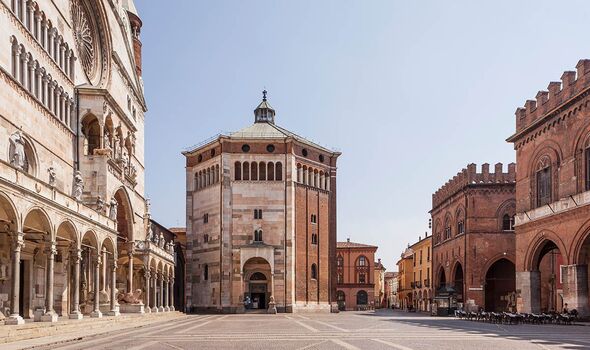A pretty Italian city with a rich history is investing millions to try and make itself more attractive for new residents.
Facing a demographic crisis similar to that experienced across the rest of the peninsula, Cremona is embracing a project aimed in particular at young people.
The city’s administration has key stated goals when it comes to regenerating and boosting Cremona’s profile: attract new residents and become truly habitable for young families as well as expanding what has been commonly perceived as its historic centre through a “contamination of functions”.
This highly ambitious project is expected to be completed by 2027 and to cost some £14million (€17m), secured by European Funds managed by the Lombardy region of which Cremona is part and municipal co-financing.
In order to achieve its goals, the city council has already approved the transformation of the former St Francis Church into a community space.
Part of this restoration project was also the New Cremona Hospital, launched in December last year. This health centre is also set to include a kindergarten and educational areas to be used by patients and their families.
Reusing buildings that have been abandoned or have lost their primary functions is key in this project, Cremona’s Deputy Mayor Andrea Virgilio explained, and helps “recover traces of our past by integrally redeveloping urban areas”.
Mr Virgilio also said of the project, as reported by Domusweb.it: “We started with intangible planning. Those who do regeneration have to try to capture the flows of thought, expressed or unspoken, and desires present in public spaces.
“It is also our job to read these flows and identify possible new destinations for existing places. Over the course of these years, we have witnessed so many abandonments, from that of industrial areas to the more recent abandonment of traditional workplaces due to the pandemic.”
Cremona – established in Ancient Rome times – is home to around 71,000 people. The more famous Milan, just an hour-long train ride away, is instead experiencing a spike in the number of residents, attracted by its working opportunities and infrastructures.
Data shared by the Milanese city council’s web page Open Data show that, over the past five years, around 204,000 left the Italian capital of fashion – but around 240,000 more have replaced them.
